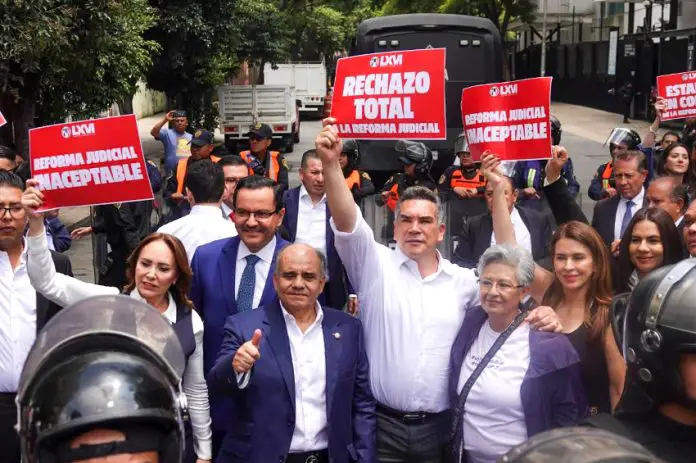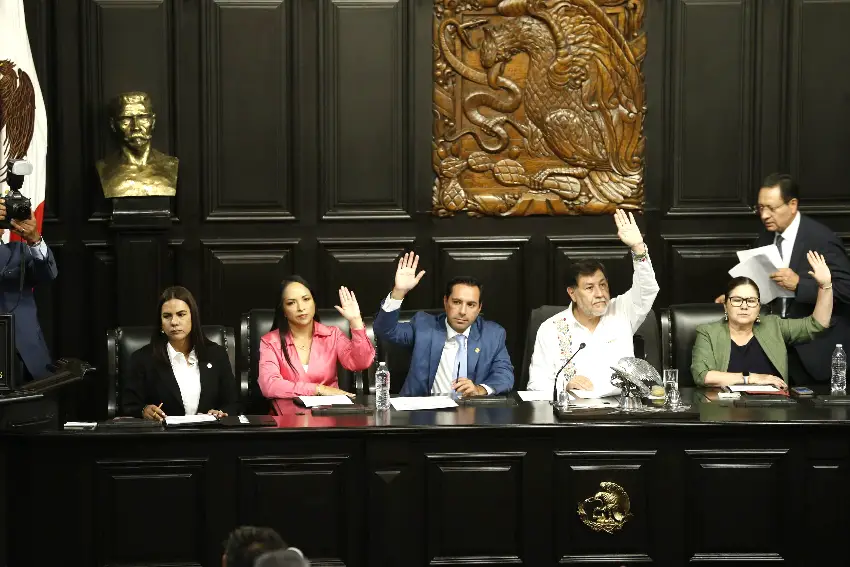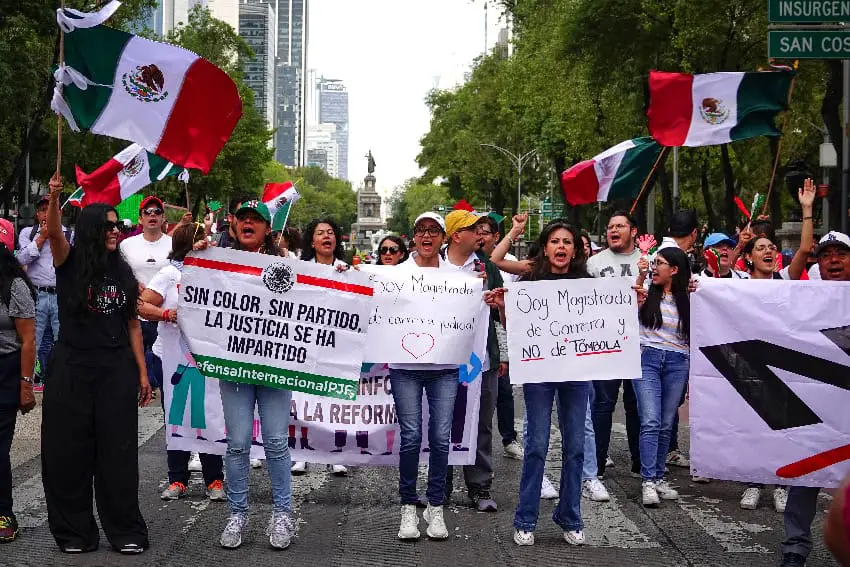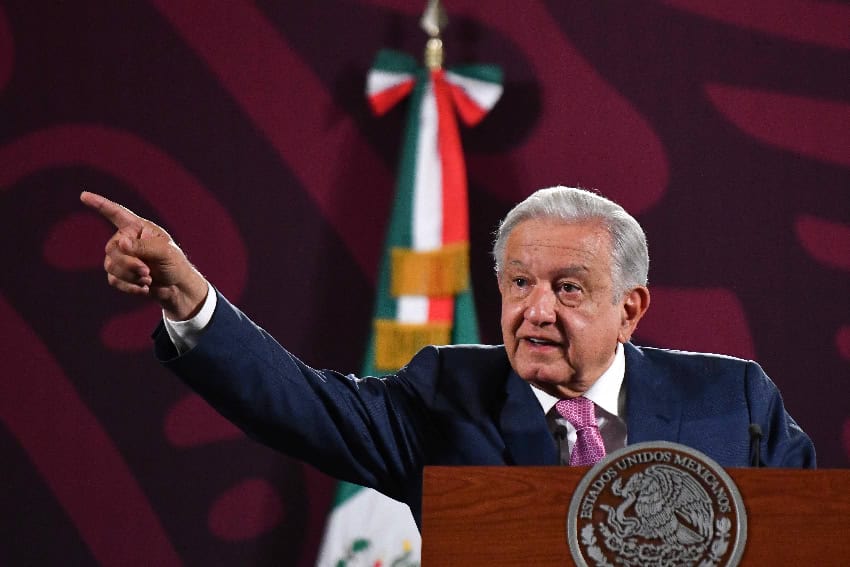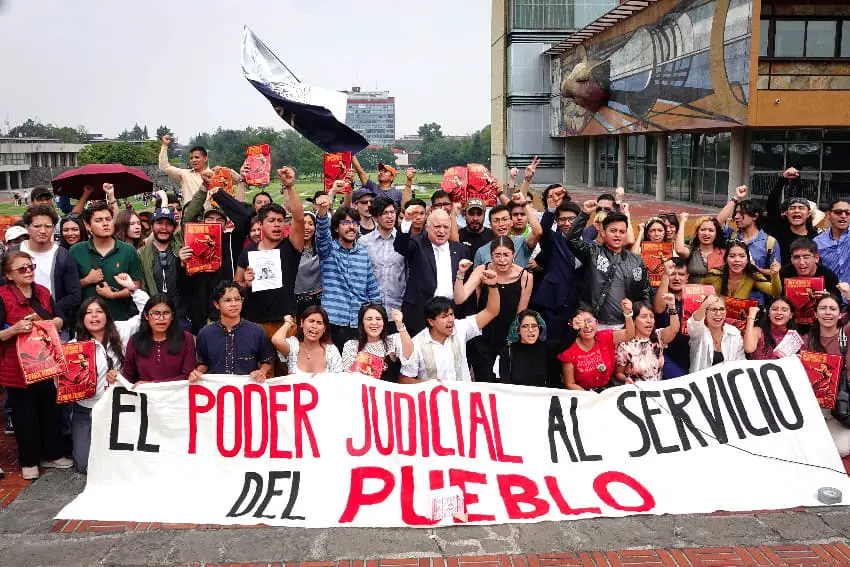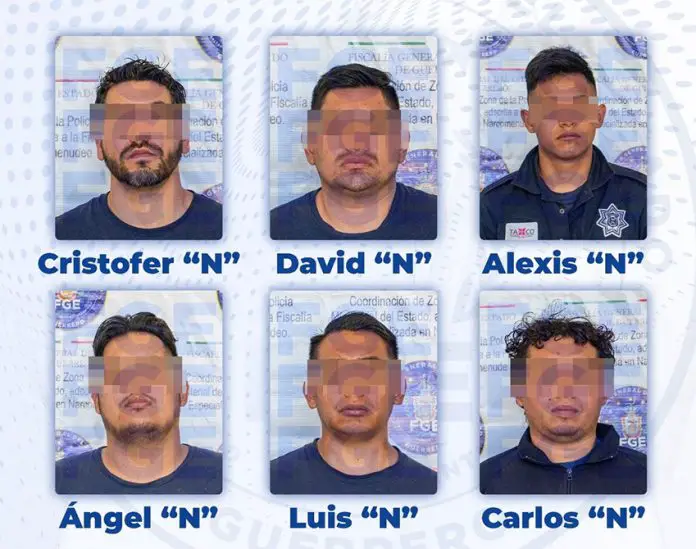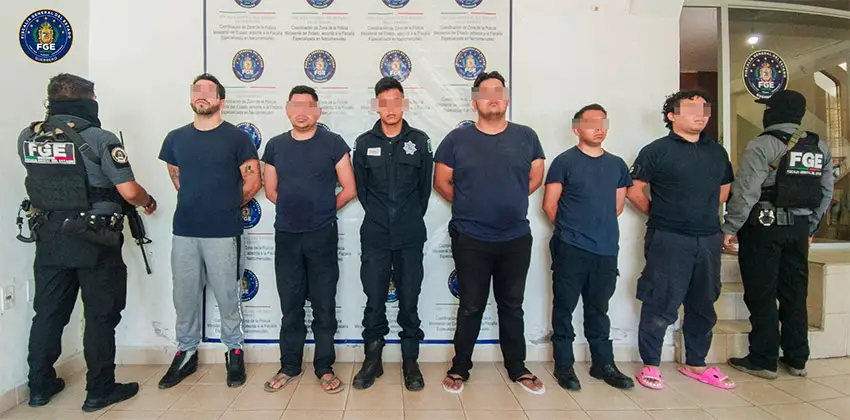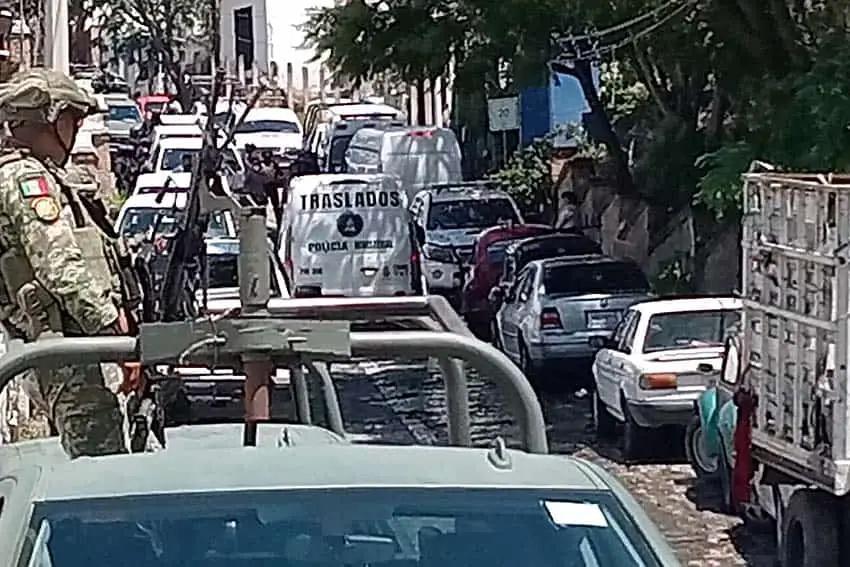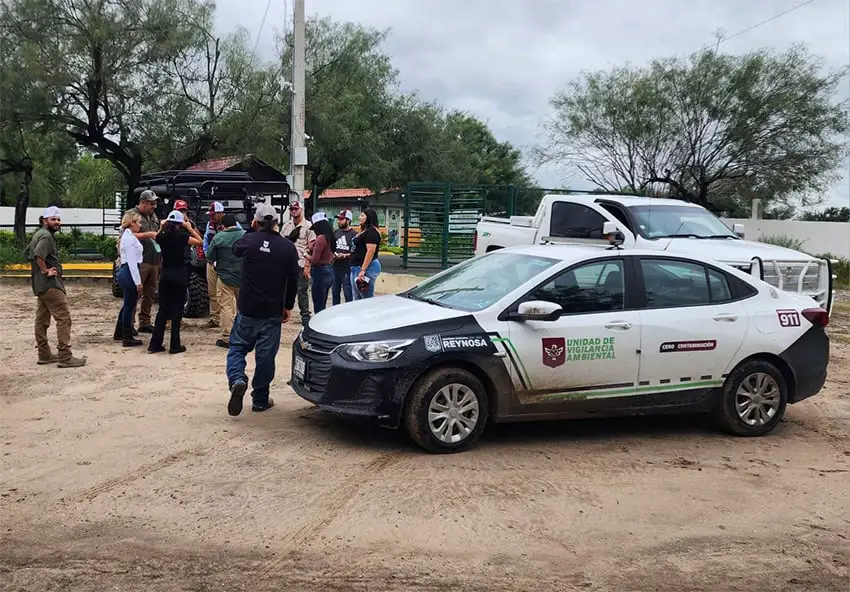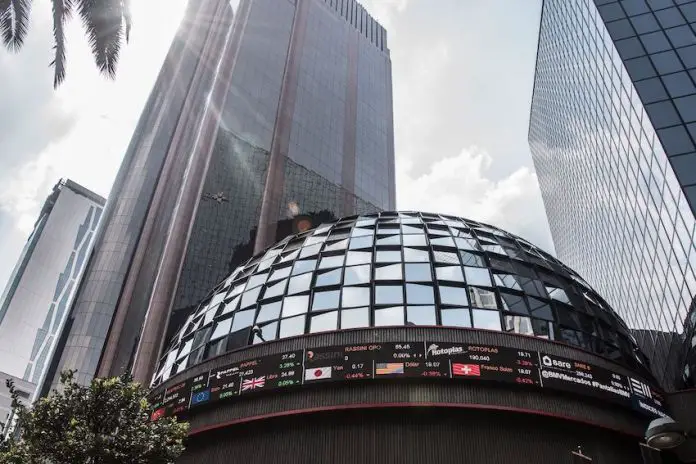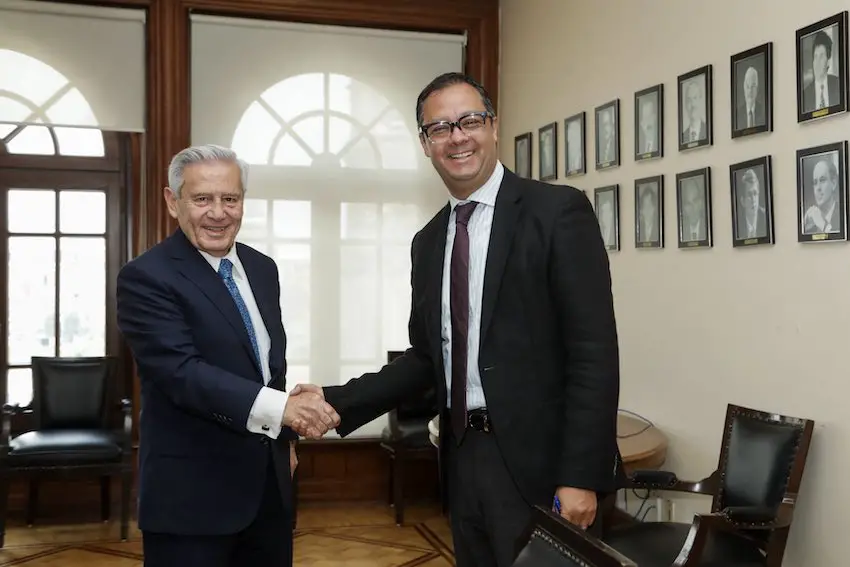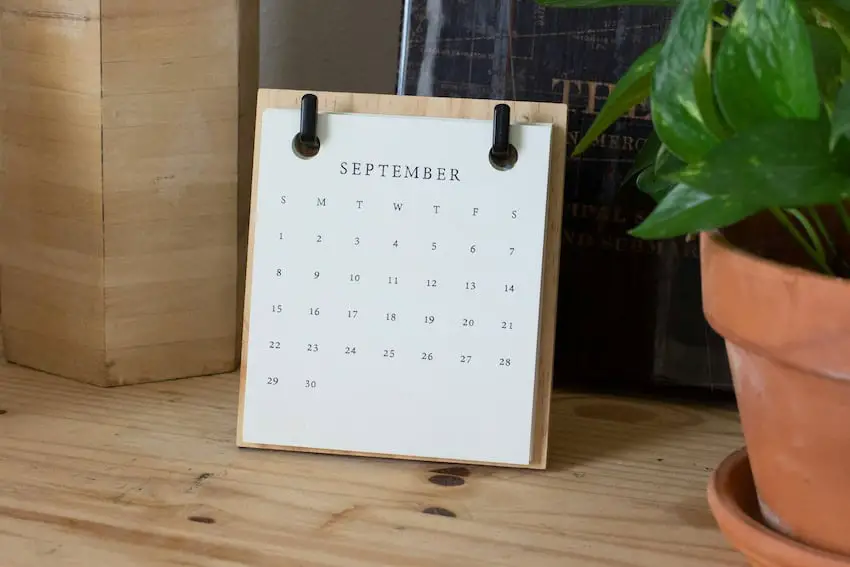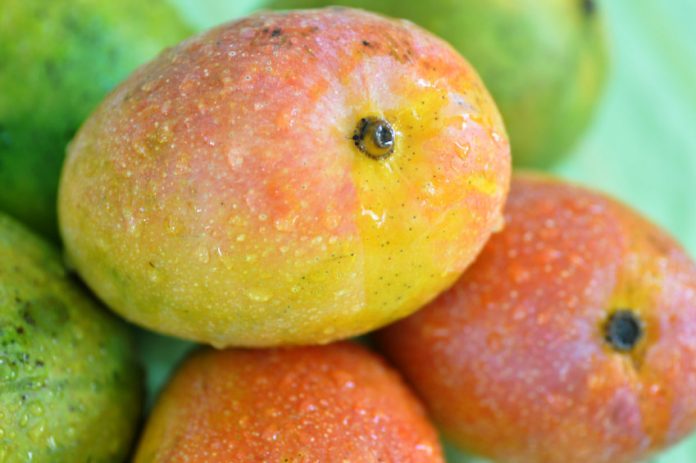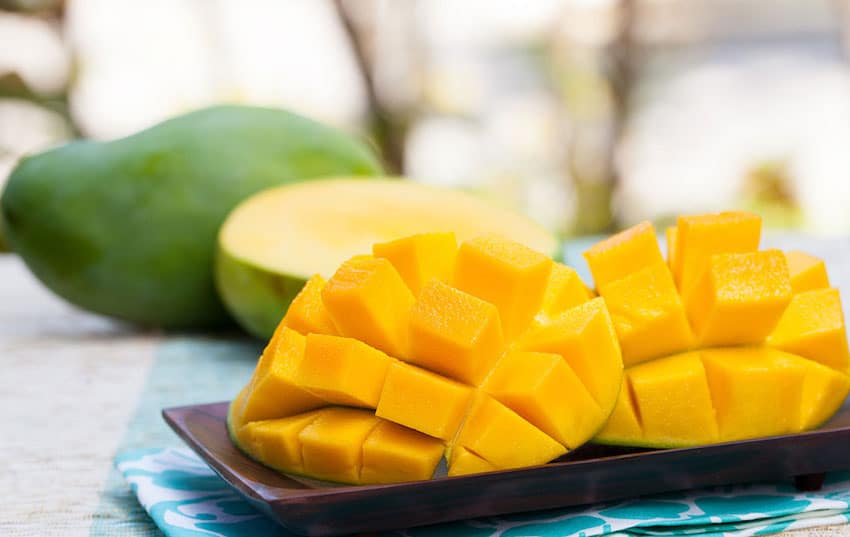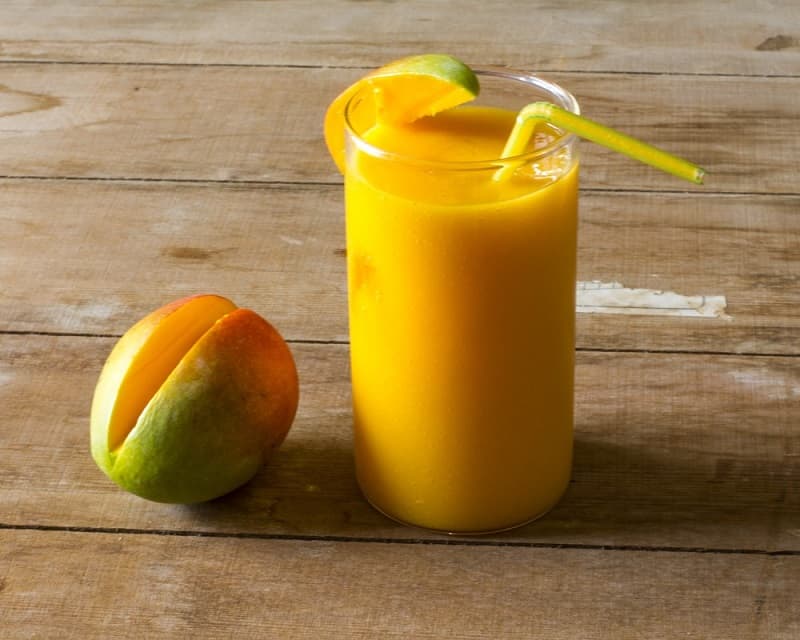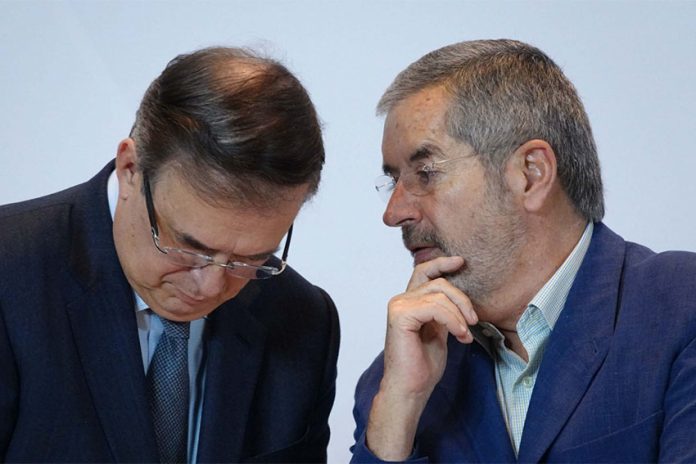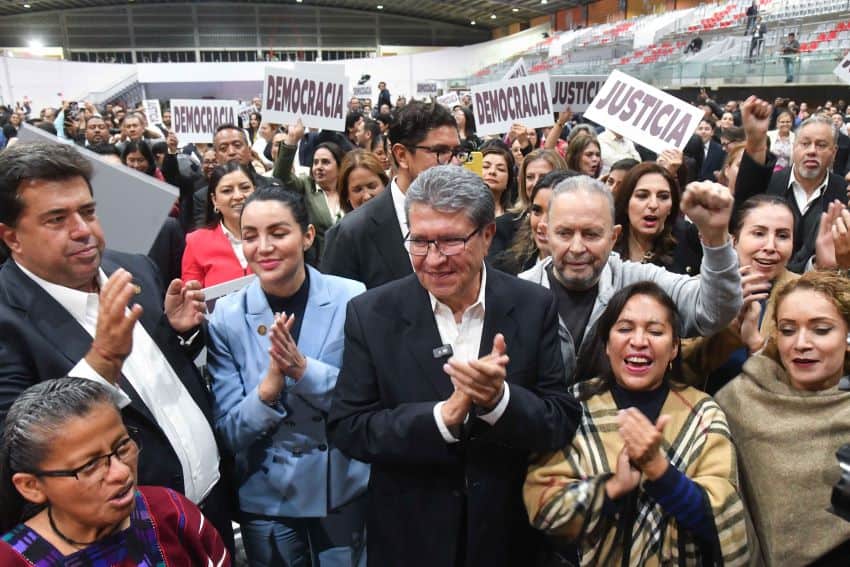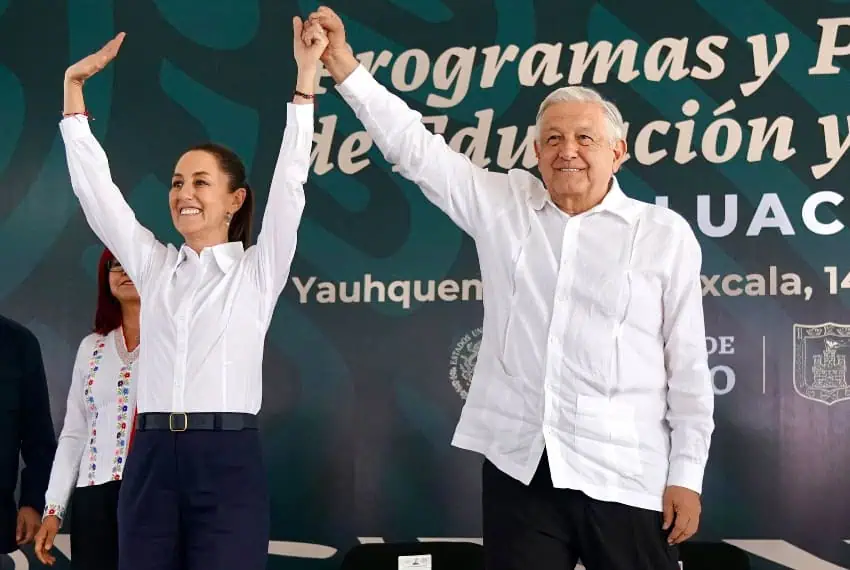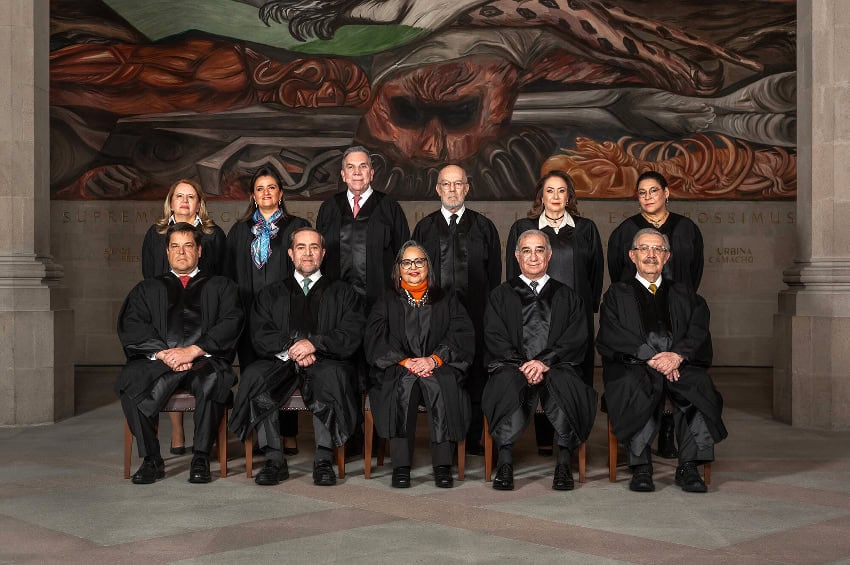It’s no accident a brand called No Bad Days was founded in Los Cabos, or that even today many local cars and trucks sport the brand’s palm tree framed decal on their back bumpers. That’s because Los Cabos doesn’t experience pronounced seasonal weather fluctuations and almost every day qualifies as a beach day. It’s sunny about 350 days a year, with average daytime temperatures ranging along a narrow spectrum from the high 70s to the low 90s Fahrenheit for the entire year.
So there’s no bad time to visit regional destinations like Cabo San Lucas or San José del Cabo. But some times are definitely better than others, not least in terms of cost.
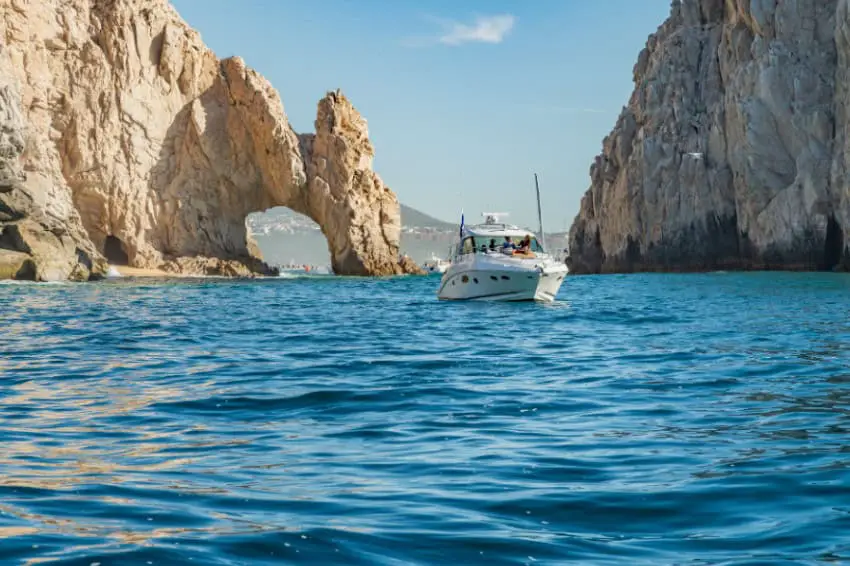
Hotel and resort rates vary according to high and low tourist season
Although Los Cabos has become a year-round destination, the high and low season distinctions observed for decades still matter, especially for hotel and resort rates. One has only to look at the average daily room rates from October through May — the traditional high season — to see that a significant markup still exists compared to low season months. This is particularly true during winter when U.S. and Canadian snowbirds flock from frigid temperatures to bask on sunny Los Cabos beaches.
The low season average daily room rate in September last year was US $389, with a room occupancy of only 54%. By October, the start of high season, those numbers had risen to US $456 and 70%, respectively. In December, when winter temperatures throughout much of North America make Los Cabos — where daily temperatures range from 20 to 25 Celsius, or high 70s to low 80s Fahrenheit — seem even more attractive than usual, the average room rate increased to US $517, with occupancy boosted slightly to 71%. Fast forward to this March — the height of Spring Break — and room rates were $553 on average with a robust 83% occupancy.
Thus, choosing when to vacation in Los Cabos is a consequential decision. Not just in terms of how expensive hotel rooms or rentals are but also in how much competition there’ll be to book them.
Seasonal attractions, special events and weather may make some months more attractive than others
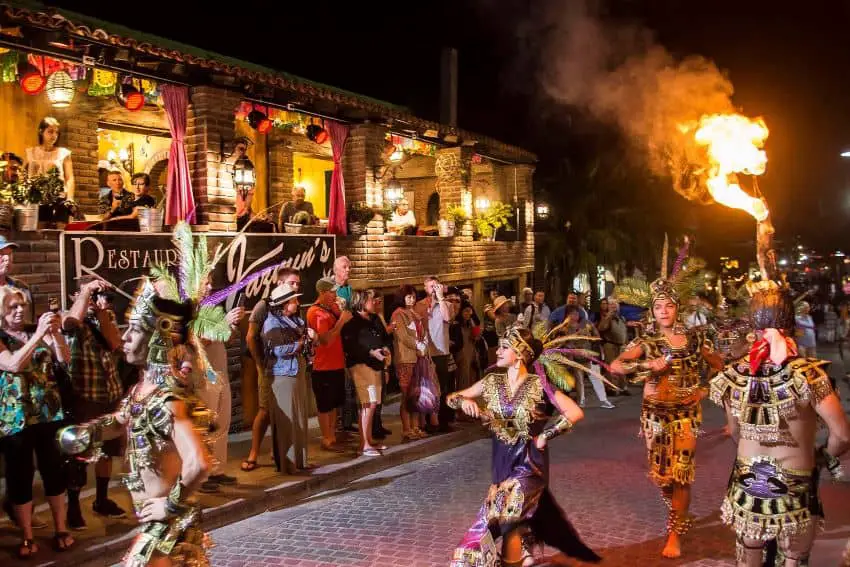
Looking at these numbers, it’s easy to see that room rates in Los Cabos are driven by demand. But it bears mentioning that this demand isn’t just tied to a desire to escape from cold weather elsewhere. Yes, that’s part of it. But Los Cabos’ busiest periods are also driven by noteworthy seasonal activities and attractions. It’s probably not a coincidence that the start of high season in Cabo San Lucas happens during the month the city hosts its most lucrative fishing tournaments. Or that whale watching season stretches from mid-December through mid-April when hotel rates and occupancy are at peak levels.
Similarly, it’s certainly not a coincidence that low season dovetails with the hottest temperatures in Los Cabos and the height of hurricane season. That doesn’t mean it still may not be a good time to visit, but it highlights that the best times to vacation will vary according to what you value most. With that in mind, here’s a snapshot glance at the pros and cons of each calendar season.
The best reasons to visit during the summer
Summer has much to recommend, from lower room rates to excellent conditions for popular activities like fishing, surfing, diving, and golf. It’s peak season for black and blue marlin, the most sought-after species among visiting anglers. Surfing is at its peak season in the Gulf of California, facing beaches in the East Cape, San José del Cabo, and along the coastal Tourist Corridor. Diving peaks towards the end of the summer, with water temperatures and visibility at their best in August and September. And golf courses often feature better rates — albeit still expensive ones — this time of year.
The downside is that golf courses sometimes schedule maintenance, including aerating greens, during the summer. From July on, it’s also quite hot. Temperatures may not sound particularly sweltering comparatively speaking. But most of Los Cabos is below the Tropic of Cancer, meaning the sun is more directly overhead. September, meanwhile, is by far the rainiest month in Los Cabos, and the one in which hurricanes are most likely to pass through. Additionally, some local restaurants and shops close during this time to effect repairs and allow locals to take a well-earned vacation. So that restaurant you’ve been eager to try may not actually be open.
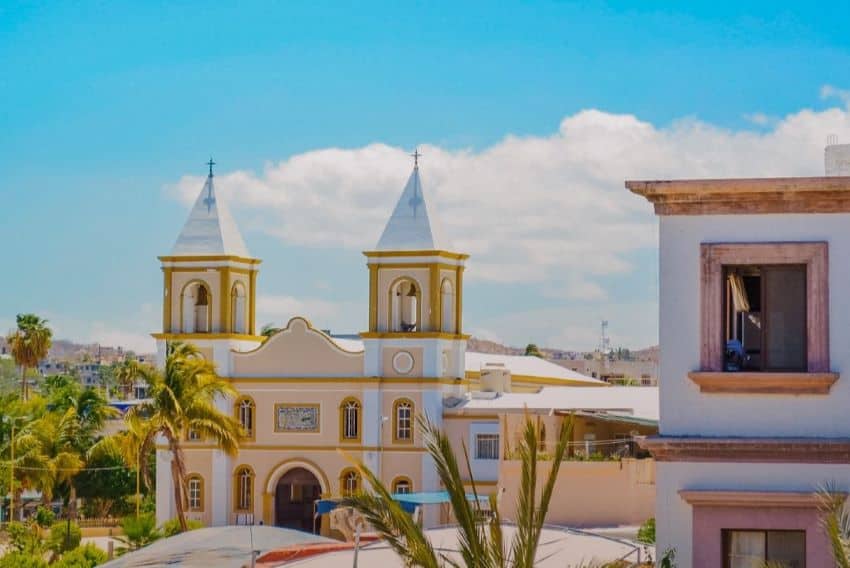
The best reasons to visit during autumn
Hotel room rates are higher in autumn than in summer, but the weather is better and there’s even more to do. All the activities mentioned for summer are also great during the fall. Plus, there are plenty of signature local events on top. Bisbee’s two biggest fishing tournaments happen in October, as does Sammy Hagar’s annual birthday bashes at Cabo Wabo Cantina. Art Walk in San José del Cabo, a major weekly cultural showcase, kicks off in November, just after Halloween and Dia de los Muertos festivities. Two popular seasonal activities are also available: the July-through-November release of sea turtle hatchlings to help make their perilous journey to the sea a little less so; and swimming with whale sharks in La Paz, where peak conditions range from October to February.
The best reasons to visit during winter
Winter is when seemingly everyone wants to come to Los Cabos and for good reason. The weather is glorious, whale watching season officially kicks off on Dec. 15 and extends throughout mid-April, and there are plenty of parties — New Year’s Eve bashes, most notably — and other special events. In Todos Santos, for example, winter brings festivals celebrating music and art, while Art Walk continues in San José del Cabo. Sabor a Cabo, Los Cabos’ biggest food festival, is usually scheduled in December. This is likewise peak season for surfing on the Pacific Coast and wind sports on the East Cape, with world-class windsurfing, kitesurfing and kiteboarding conditions in places like Los Barriles and La Ventana.
The best reasons to visit during spring
This is a busy time of year, from Spring Break to Semana Santa. The latter, for those who aren’t Catholic, is Holy Week, which ends on Easter Sunday and is a major holiday week in Mexico. The good news is that the weather is fantastic, the conditions are great for all outdoor activities, and although some beaches can be crowded, Los Cabos has no shortage of them. So like the decals say, there are No Bad Days.
Chris Sands is the Cabo San Lucas local expert for the USA Today travel website 10 Best, writer of Fodor’s Los Cabos travel guidebook, and a contributor to numerous websites and publications, including Tasting Table, Marriott Bonvoy Traveler, Forbes Travel Guide, Porthole Cruise, Cabo Living and Mexico News Daily. His specialty is travel-related content and lifestyle features focused on food, wine and golf.

